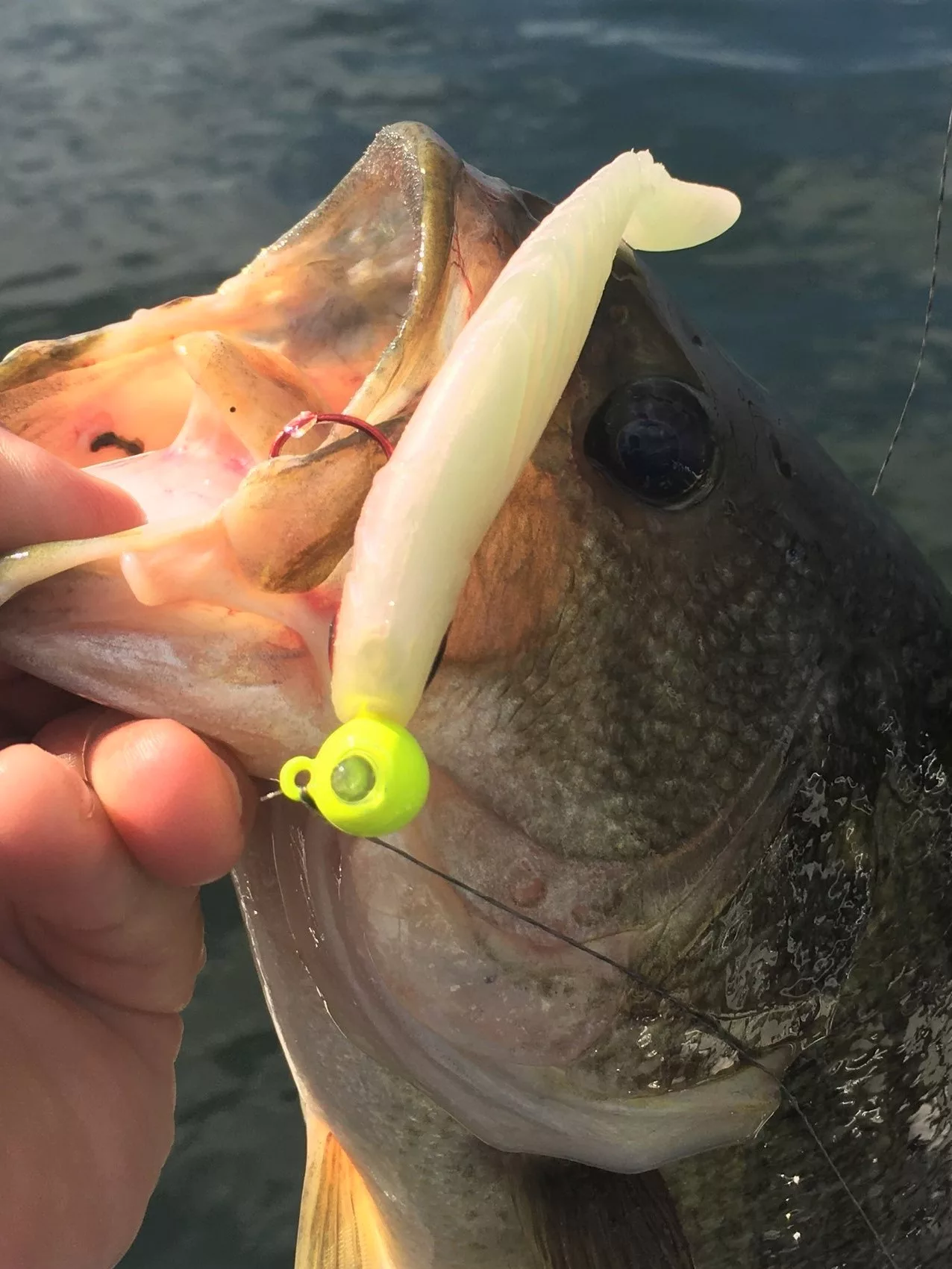
By Nick Simonson
The heat of summer often means fast fishing, and with that comes added stress to all the things that
help us catch fish. Line gets nicked by sharp teeth and structure, knots shift and slip, reels require
maintenance and all sorts of other little things can get overlooked as fish after fish comes to boat.
Making sure these minor things are taken care of throughout a fishing trip and the rest of the season will
help ensure that when the big one bites, you’ll be ready.
1. Knot check. When presenting jigs for walleyes and panfish, or tubes for bass, knot placement is key.
For the former, having the knot ride at the 12 o’clock position will help not only with presentation, but
also with getting a solid hookset. For the latter, especially knots made with superline, it is important
that the knot stay at the top of the hook eye, as on the hookset, the line may slip through the small
connection point which creates the eye in wire hooks, especially bass hooks. Check knot location before
every cast for the best possible presentation and connection.
2. Line manager. Summer finds fish in nasty places. Walleyes love rocky reefs, bass are holing up under
docks and timber, and crappies are relating to concrete bridge pilings. All these structures can test the
integrity of even the strongest superlines, so after every couple of fish coming from these snaggy, craggy
habitats, check the bottom foot or so of line for nicks and scrapes, and also for cuts coming from sharp
teeth. If superline is frayed, or your mono starts to look or feel rough as you run it through your thumb
and index finger, cut and retie or consider respooling if you’re getting down to the bottom of the spool.
3. Reel feel. Halfway through the open water season, your reel might need a second look as well.
Apply the appropriate oil for your model to gears and handle connection points to continue smooth
operation and check your drag to be certain all is in working order. Clean dust, sand and other debris
from the spool or around joints with a swab to prevent it from working its way into more sensitive areas
of the reel and tighten up any loose screws on the bail or handle to assure a good cast and firm crank.
The big fish of spring may have put a hurting on your reel, so make sure it can stand up to the rest of the
season.
4. Net review. After a few outlying large fish, or a tangled-up crankbait, nets can start to show wear
and stretches of mesh might have the occasional tear or missing braid, even if they were new at the
beginning of the season. Inspect net mesh for areas where strands have failed and abnormal holes are
present. If you have just one unplanned opening, that could cost you a fish down the road; patch it with
a zip-tie for a temporary fix on the water, or if extensive damage is present, order a replacement.
5. Burn rubber. Summertime is crankbait time, and making the switch from the mesh net discussed
above to a rubber net will help ensure things go fast and smooth when a fish comes to boat. Crankbaits
don’t tangle as easily in a rubber net, and those occasional pike caught while trolling can’t do their
trademark gator-roll either. A rubber net also allows for quick release of fish, and an even faster
removal of multi-hooked lures lets you to get back to the action without delay.
6. Tackle it. Before your next trip, take quick stock of your tackle. Those hot baits that have paid off
thus far should continue to work in the coming weeks, so re-stock as needed. Consider using models
one size larger as baitfish grow in the back half of the season, or when targeting larger fish or those that
have moved to deeper waters after the recent warm-up. You may also find that the forage base has
shifted some with a bumper crop of white bass or bluegills, and a certain hue such as silver or purple is
producing better than in previous years. Keep an eye what’s hatching and add tackle in similar colors
accordingly.
7. Stay sharp. Finally, take a half-hour of downtime to inspect the hooks on those favorite crankbaits
and other lures you’ve been using. Look for blunted points and damage to trebles and sharpen them up
with a hook hone, or replace them altogether with new ones. Even those baits fresh out of the box could
use a quick sharpening before they hit the water, so give them a once-over as well.
The little things can often mean the difference between a fish on the line and a fish in the live well.
Don’t get complacent as those lazy, hazy days of summer settle in. Focus on these small factors for big
success as we head into the back half of the season and you’re certain to find better fishing.
